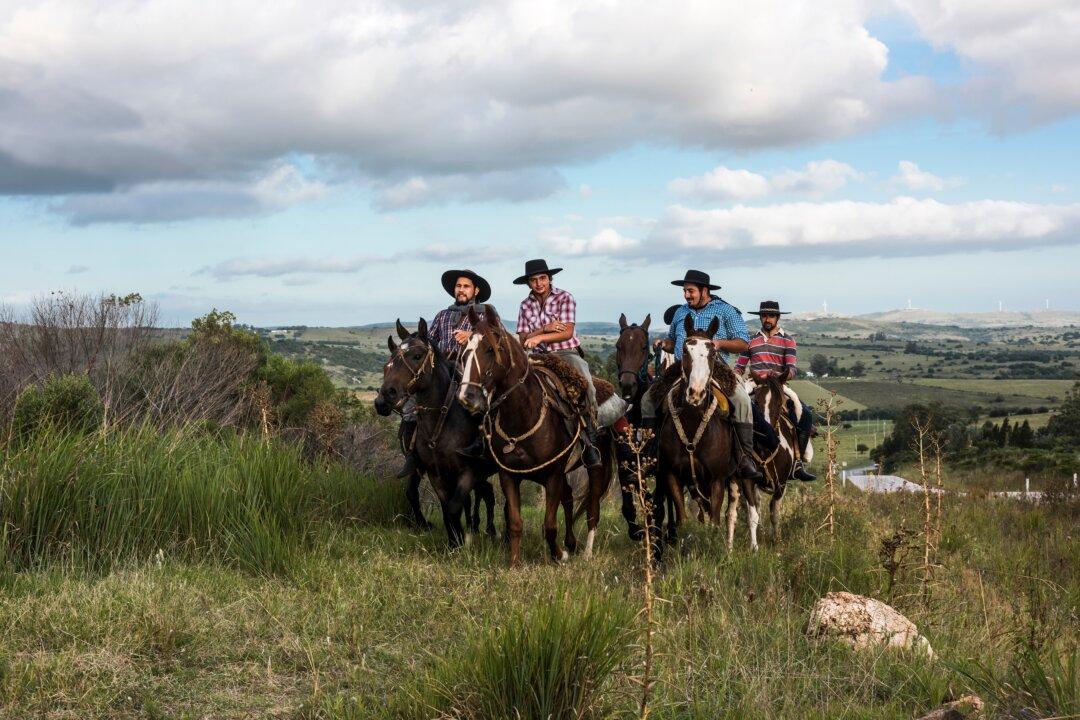Walking along a narrow cobblestone street in Ciudad Vieja, the old city historic quarters of Montevideo, I am beginning to appreciate why so many people are so fond of Uruguay’s capital city.
It is a warm, sunny Saturday afternoon in March and for no special reason—other than the fact that it’s Saturday—there is an almost festive atmosphere in the air.






